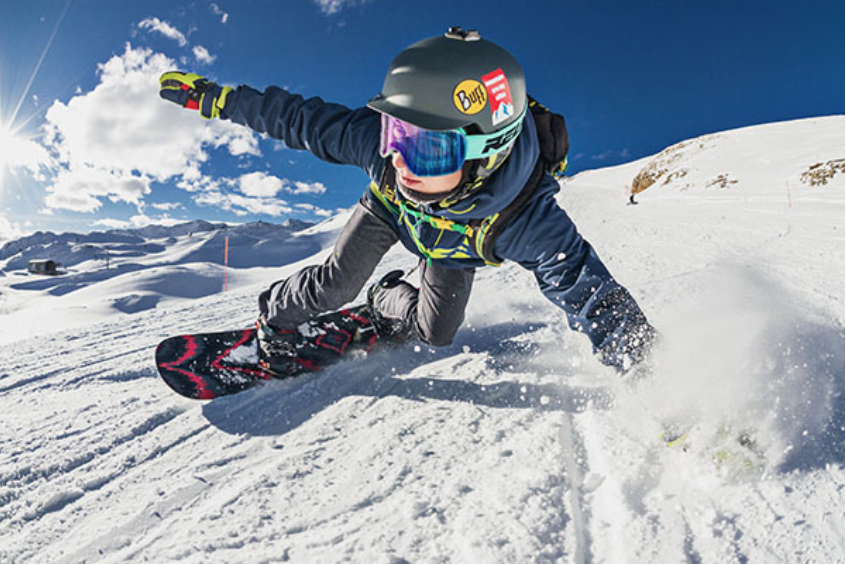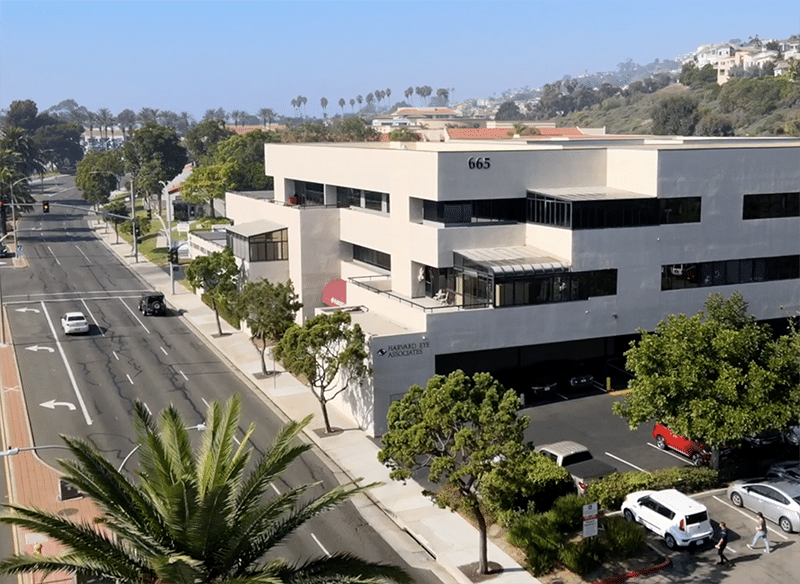
This years’ snowfall has been generous in California and you may be headed to higher elevations to play in the snow.
According to All About Vision, “Snow blindness is a painful, temporary loss of vision due to overexposure to the sun’s UV rays. The medical term for snow blindness is photokeratitis (“photo” = light; “keratitis” = inflammation of the cornea).
Essentially, snow blindness is caused by a sunburned eye — or more specifically, a sunburned cornea. And like sunburned skin, by the time you notice symptoms of snow blindness, you’ve already been in the sun too long.”
Symptoms of snow blindness include:
- Eye pain
- Burning eyes
- Red eyes
- A gritty feeling or sensation that something is “in” the eye
- Sensitivity to light
- Watery eyes
- Blurry vision
- Swollen eyes and/or eyelids
- Headaches
- Glare and halos around lights
To prevent snow blindness or sunburned eyes, especially for skiing, snowboarding, water sports (yes, you can get sunburned eyes off the reflection of the water), or any time you plan to be outdoors for extended periods of time, invest in quality sunglasses that block 100% of the sun’s UV rays.
Protect your vision, but if you do have any of the symptoms of snow blindness that don’t resolve after a day or two or worsen after 24 hours, see your eye doctor immediately.




